
- AP Calculus
- AP Chemistry
- AP U.S. History
- AP World History
- Free AP Practice Questions
- AP Exam Prep
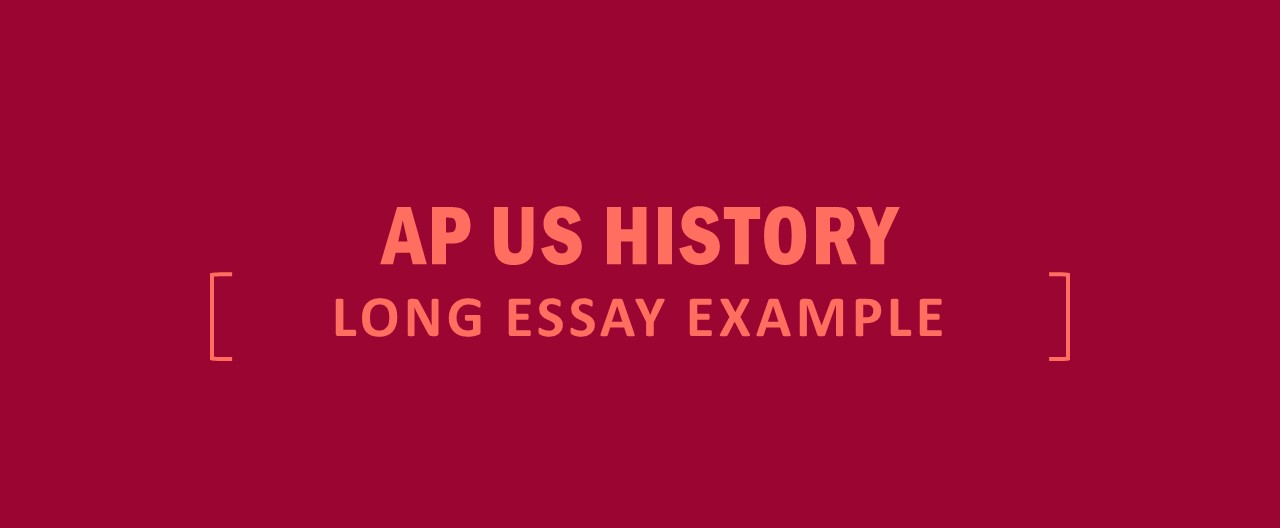

AP U.S. History Long Essay Example
The second part of Section II of the AP exam contains three long essay questions—you must respond to one. The AP U.S. History long essay question assesses your ability to apply knowledge of history in a complex, analytical manner. In other words, you are expected to treat history and historical questions as a historian would.
This process is called historiography—the skills and strategies historians use to analyze and interpret historical evidence to reach a conclusion. Thus, when writing an effective essay, you must be able to write a strong, clearly developed thesis and supply a substantial amount of relevant evidence to support your thesis and develop a complex argument.
The College Board’s characteristics of a high-scoring long essay question response are listed below. Note that the requirements are very similar to those of the DBQ; the primary difference is that any requirements related to use of the documents are removed from the scoring requirements for the long essay question.
[ RELATED: Reading Strategies for AP US History Exam ]
Long Answer Sample Question
Evaluate the extent to which the migration of European colonists and the resulting encounters with American Indians affected social patterns in the period from 1495 to 1650.
Step 1: Analyze the Prompt
As you choose which question you will answer, begin thinking about what your thesis will entail and how your essay will demonstrate a complex understanding. The notes of a sample high-scoring writer are below.
Thesis (with complex understanding): Spanish, French, and British each used territory differently; result: distinct social patterns
This writer claims that three different countries’ approaches to settling territories resulted in different types of social development, but other types of thesis claims are possible. For instance, the thesis could make a single claim about overall social patterns (such as “Europeans’ economic goals in the New World and their attitudes of superiority over American Indians resulted in exploitative and hierarchical social structures”) or focus on only one or two European nations.
Step 2: Plan Your Response
- Context : motives for European exploration: new technology, navigation techniques, and trade routes
- Thesis (with complex understanding ): Spanish, French, and British each used territory differently; result: distinct social patterns
- goals: wealth and spread Catholicism
- methods: mining, large-scale agriculture, encomienda, disease/weapons, missions
- results: forced assimilation, social structure
- goal: fur trade
- method: mutually profitable trade relationships
- result: alliances
- goals: permanent settlements, Jamestown, religious freedom (New England)
- methods: occupying more land for farming, smallpox, Metacom’s War
- results: deaths of indigenous populations
- ¶ conclusion: where Europeans sought permanent settlements or forced labor, resulted in American Indian population decline, upheaval, and threats to tradition
Step 3: Action! Write Your Response & Step 4: Proofread
See the following high-scoring response, and be sure to read the rubric to help you identify what makes this response effective. Think about what features you can incorporate into your own free- response answers.
Sample High-Scoring Response
The Spanish had two major goals: to gain wealth and to spread Catholicism to the native populations. Realizing the potential to mine precious metals and profit from large-scale agriculture, the Spanish forced American Indians into labor, such as through the encomienda system. Violence and deception were often used to subdue the indigenous populations, aided by the technological superiority of European weapons and the spread of devastating diseases. Although some Spanish came as missionaries with the goal of converting American Indians to Christianity and often protested the abusive treatment of the American Indians, even missions sometimes essentially forced labor and coerced assimilation to Spanish culture. In the long term, a hierarchical social structure developed in the Spanish colonies in which the Spanish-born and their descendants (peninsulares and creoles) dominated those of mixed background (mestizos and mulattos) and especially those of pure African or American Indian heritage. Overall, millions perished between disease and mistreatment, devastatingly weakening traditional cultures but enriching the Spanish.
The French differed from the Spanish in their relationship with the indigenous populations. Using the St. Lawrence River for transportation and trade, the French profited from trading fur pelts, particularly beaver, with the American Indians, and then sending the pelts to Europe. These traders profited from the knowledge and goods of the American Indian populations who lived there, and certainly desired to develop mutually profitable relationships with them. Overall, this more cooperative relationship helped preserve American Indian cultures and led to alliances between the French and different American Indian nations. These alliances benefited the French in later wars with the British.
You might also like
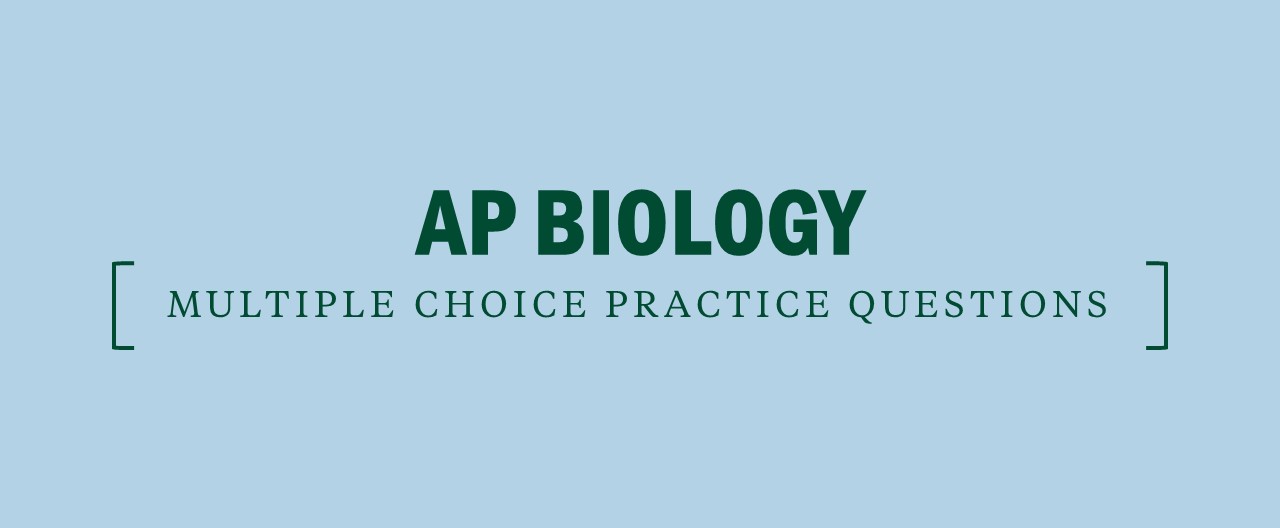
Call 1-800-KAP-TEST or email [email protected]
Prep for an Exam
MCAT Test Prep
LSAT Test Prep
GRE Test Prep
GMAT Test Prep
SAT Test Prep
ACT Test Prep
DAT Test Prep
NCLEX Test Prep
USMLE Test Prep
Courses by Location
NCLEX Locations
GRE Locations
SAT Locations
LSAT Locations
MCAT Locations
GMAT Locations
Useful Links
Kaplan Test Prep Contact Us Partner Solutions Work for Kaplan Terms and Conditions Privacy Policy CA Privacy Policy Trademark Directory

History Essay Writing
History essay writing generator.
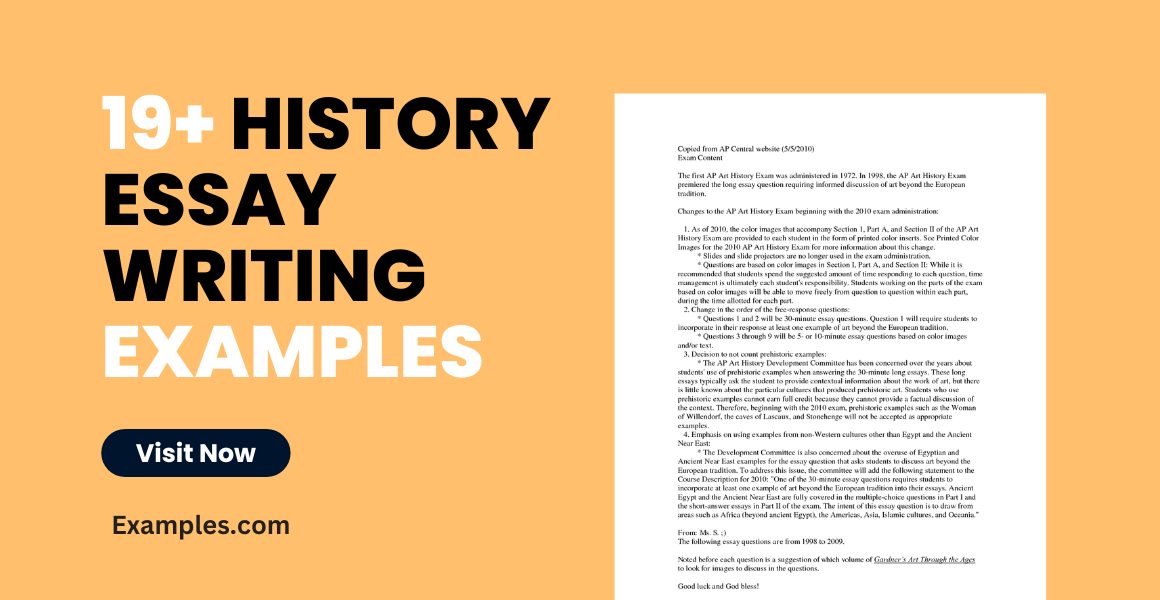
In order to even begin writing an essay , one must first understand on what an essay is and what exactly comprises it. An essay is also a short piece of writing on a particular subject.
- 32+ Free Writing Examples
- 21+ Essay Writing Examples
Just like speeches, essays are normally written by students that serve as their assignments. But unlike general reports , essays allow you to insert your own opinion and explain your justification as to why you think that way. There are many types of essays that students will be asked to write: persuasive, historical, reference, or process essays. Here are some tips as to how to properly write your essay if you need any help whatsoever:
Buy an Art History Essay Writing Paper
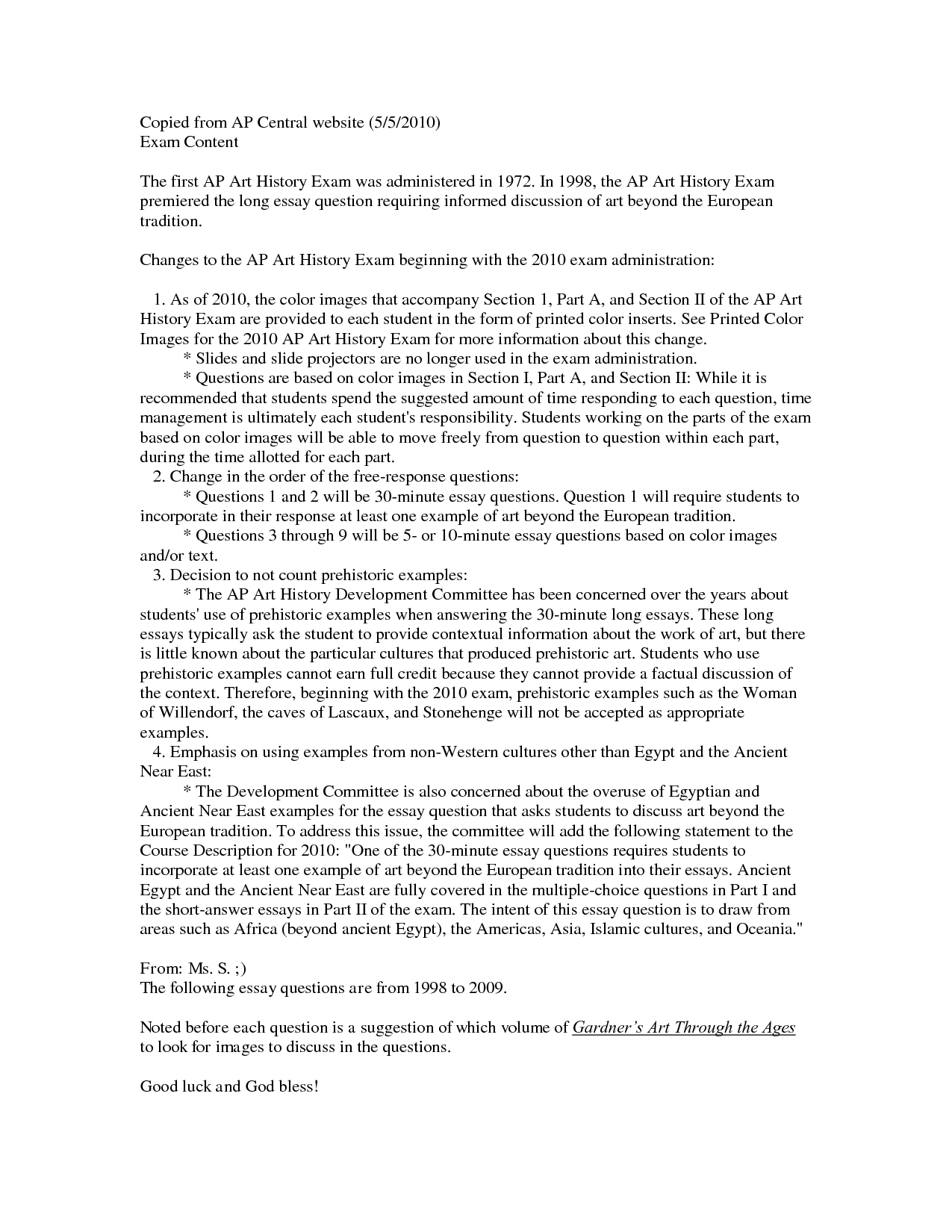
Size: 335 KB
Introduction to American Drama
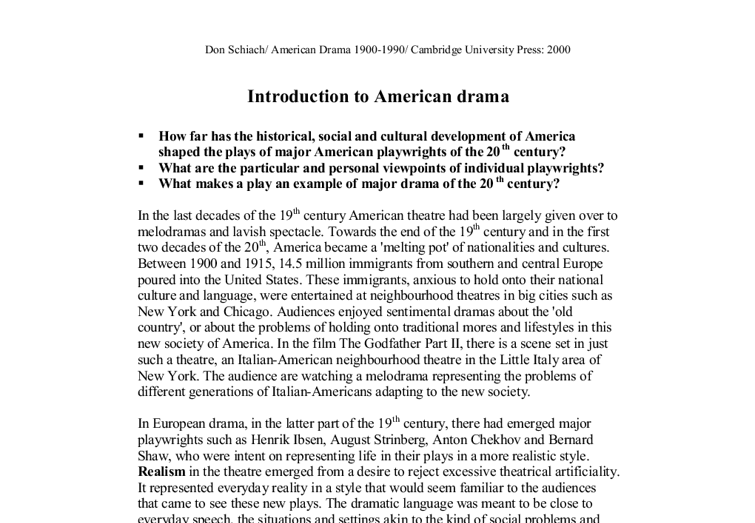
Size: 96 KB
What Really Caused the Black Death Historical Essay

Size: 77 KB
History of the World in Six Glasses Essay Continuation
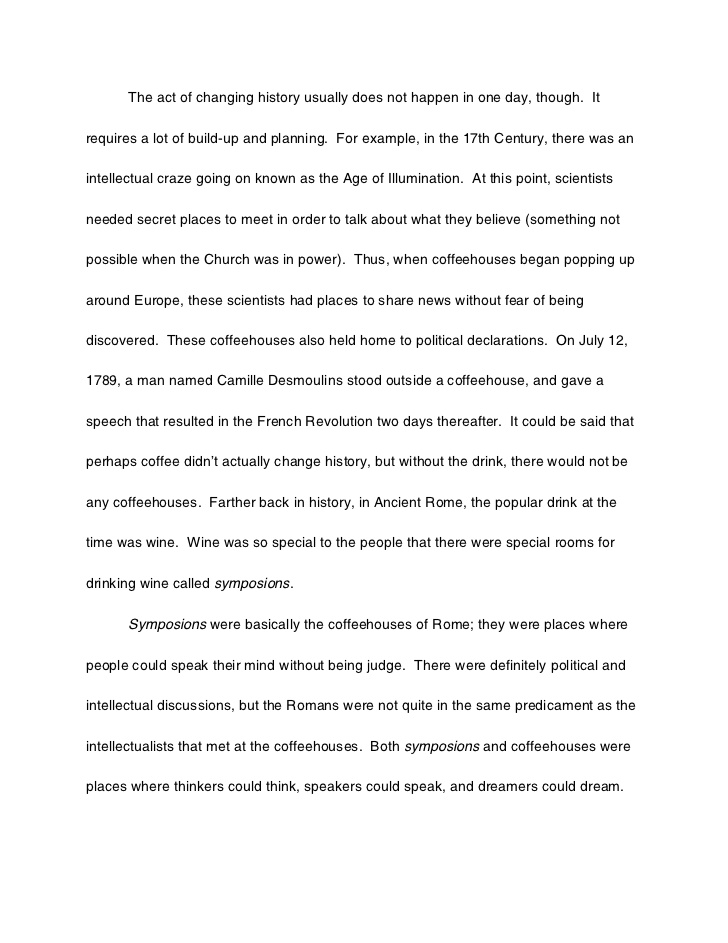
Size: 93 KB
History of the World in Six Glasses Essay Part One
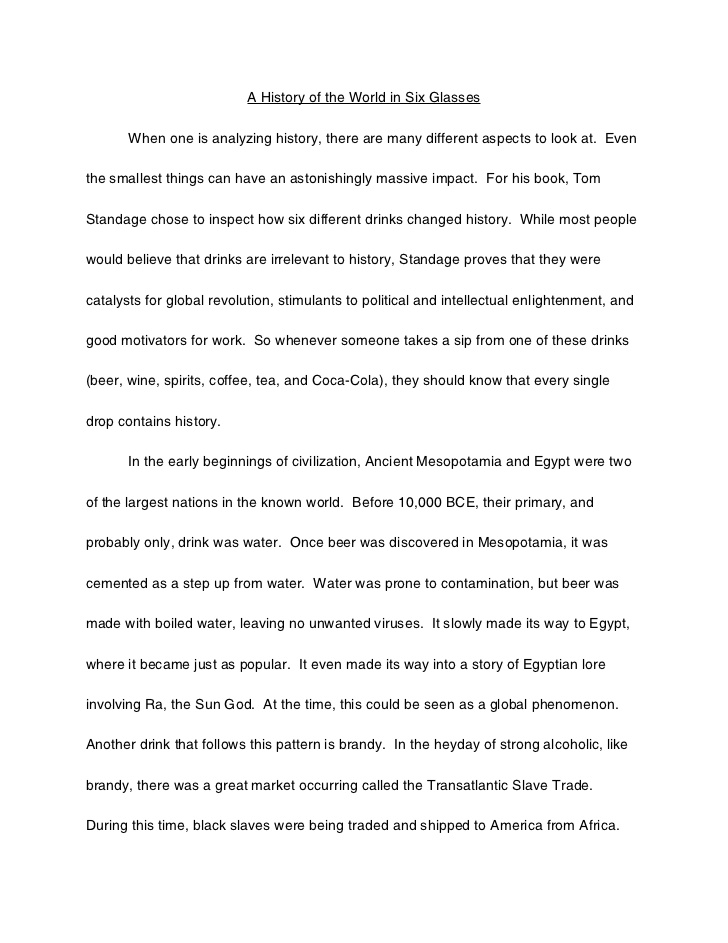
Size: 95 KB
Preparing to Write Your Essay
1. evaluate the essay question..
Before anything else, it is important that you first understand the question. There is the tendency that you may not even be answering the question in the first place.
One of the first things you might notice about the question is that there will be certain key words that should serve as your boundaries for research. If there are certain terms found in the question that you are unsure of, you can always try to look it up online. If you need assistance in identifying the parts of an essay , you may try to look it up by clicking on the hyperlink.
- For example, if the question was “To what extent was the First World War a Total War?” the key terms are “First World War” and “Total War.”
2. Consider what the question is asking you.
As mentioned before, you have to first understand the question that is being asked of you before you can even give your response to it whatsoever. With this in mind, you have to understand that there are different responses depending on the instructions that you are asked to follow. Here are some of the things that a historical essay might ask you to do. If you need check out on how essays are written, you may find out more on free essays . It might just provide you the insight you would need in creating one.
- Explain: provide an explanation of why something happened or didn’t happen. An example of an amazing topic would be on how Martin Luther King Jr. was able to spark a cultural revolution in the eyes of the public and with all of America watching. You may also see what is writing used for ?
- Interpret: analyze information within a larger framework to contextualize it. One topic example that would require interpretation would be on World War II to provide a historical timeline of World War II and who were the parties that were affected by it. You may also like writing examples in PDF .
- Evaluate: present and support a value-judgment. A sample topic for an essay like this would be to present the works of the Trump Administration and as to how it contributed to society’s common good and welfare.
- Argue: take a clear position on a debate and justify it. Normally, the best platform to argue would be in the form of a debate. Argumentative essays are normally posed with an affirmative or negative kind of setting. In light of the recent school shooting events that have transpired all across the U.S., a good essay topic would be, “Should the gun carrying general policy increase its age limit or not?”
3. Try to summarize your key argument.
Before even considering in drafting a key argument, you must first conduct some research of your own. After you have finished researching, you can now formulate your thesis statement that focuses your ideas into one or two sentences. It should present the topic of your paper and must also present your stance in relation to the essay topic.
Thesis statements tell your reader on what the paper is about and can also help guide your writing and keep your argument in point to whatever stance you have decided. Think of it like the main point of your essay, your key arguments should be clear enough that you can structure the essay plan around it. If you need tips on how to draft up an excellent essay , click the hyperlink to find out more.
4. Make an essay plan.
Now that you have successfully followed steps 1 to 3, you can now draft up a plan on how your essay might look like. Compile your research and your notes and develop the structure and the flow of the said essay from there. In the process of doing so, you can actually assess the quality and depth of the evidence you have collected and determine whether your simple thesis statement is adequately supported or not.
In drafting the essay plan, you may want to add some key quotes from notable sources that would actually make the argument more precise and persuasive. When thinking on how your essay will flow, you should also consider on how each point made into the essay will transition and connect with one another. If you need assistance in drafting up a self-introductory essay , you may click on the hyperlink for more information.
Response to Lit Essay Outline

rarerecruitment.co.uk
Size: 59 KB
History of Grenada: Summary of Topic with Underlying Evidence
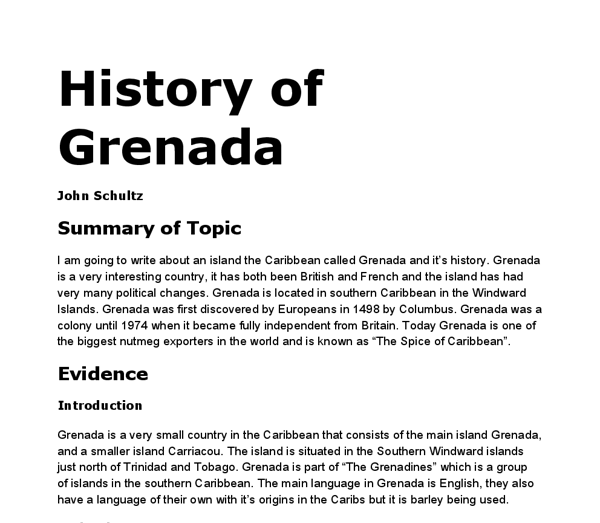
Size: 47 KB
How Do I Write an Essay?
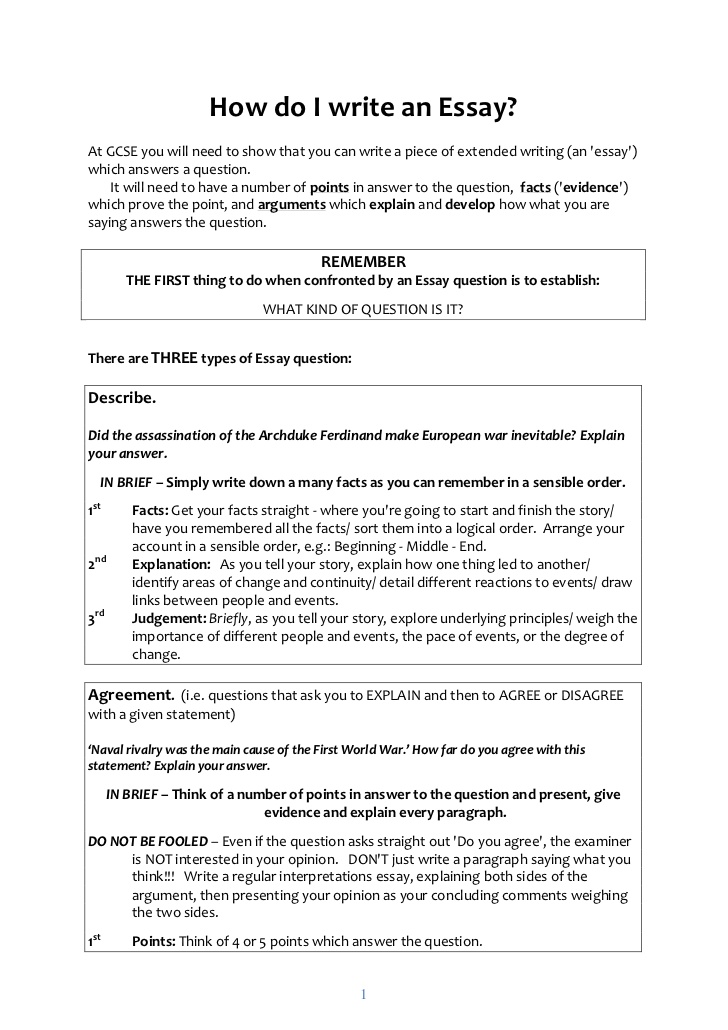
Size: 134 KB
An Essay on American History
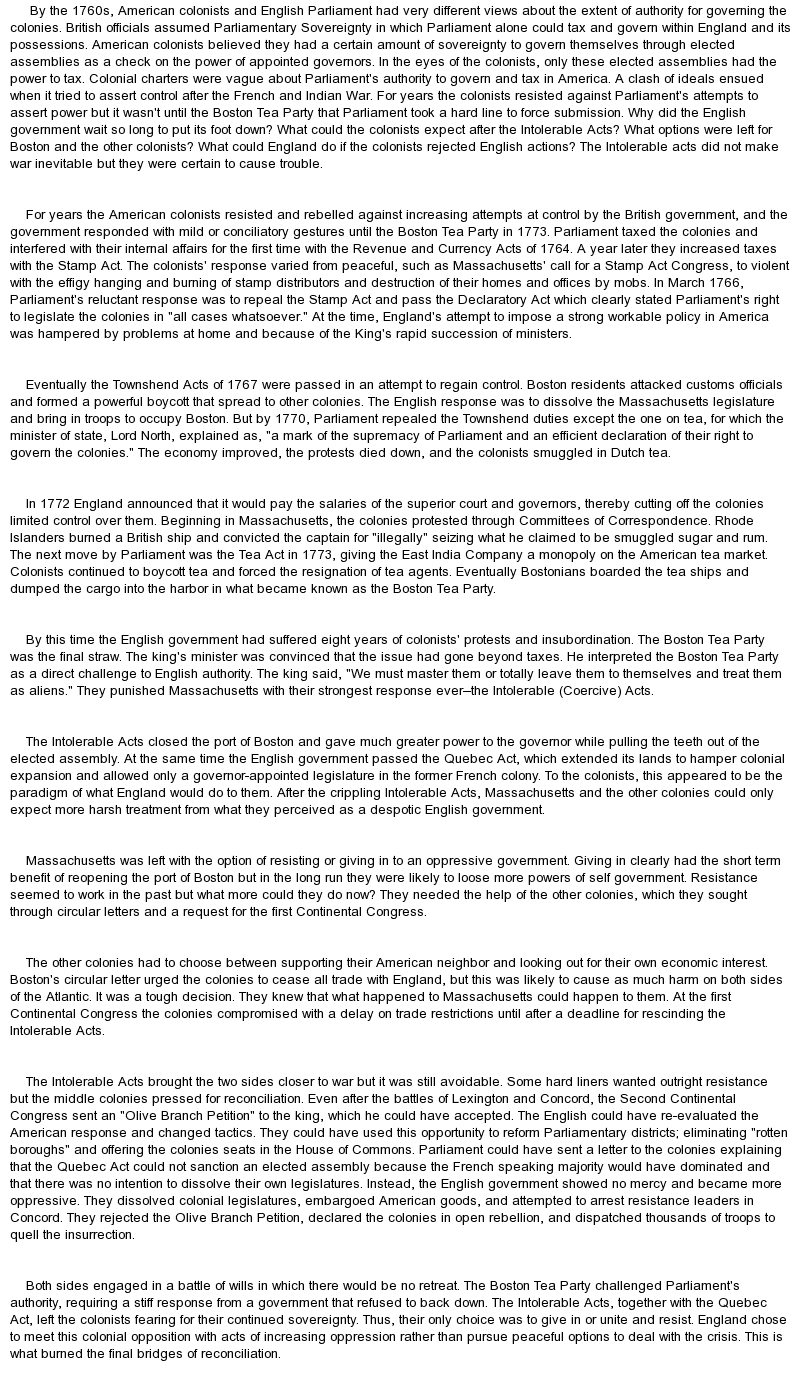
Size: 393 KB
Doing Your Research
1. distinguish between primary and secondary sources..
And since you are writing a history essay, you are expected to include various source materials from different historians who have analyzed and talked about the said events or people who actually witnessed and participated in the said event first hand. You may also see formal writing examples .
The former is called a secondary source while the latter is called a primary source. The most important thing to do in research would be to expend every resource available in order to make your essay more substantial.
Incomplete research is just the same as presenting a haphazardly-done assignment in Math wherein the student ends up guessing every item on the list. Whatever reference you end up obtaining, make sure that you carefully determine what kind of source you are going to be reading. You may also try to write a reflective essay if ever the need arises.

2. Find your sources.
In this age of technological advancement, finding good and credible sources seem to be lacking and incredibly scarce these days. With the rise of fake news and misleading sources and lies and whatnot, how could you filter what is true and what is fake and what could be very good material for your essay? You may also like what do you mean by writing skills ?
Rule number 1 in doing research is to never refer to the Internet directly. It may be the easiest way to find out what you need, but it is not always the most effective method unless you happen to come across some legitimate sources or electronic books or documents in which you can get them for free. Sometimes, the best way is to just go old school and refer to books, magazines, newspaper articles, and others. You may also check out summary writing examples .
As mentioned before, there are many different kinds of essays that you would be asked to make in which one of them includes an analytical essay .
- One tip when doing research in the library or on the Internet would be to look at footnotes and bibliographies as they can guide you to further sources that give you a clearer picture of the important texts.
3. Evaluate your secondary sources.
As aforementioned, good and credible sources these days are hard to come by as you can never really know what information is fake and what information is real.
The bad thing is that primary sources these days are extremely hard to come by. Unless your essay happens to be an autobiography based on the events told by that person, primary sources are extremely hard to locate. Which is why you will just have to put your trust on secondary sources and figure out what sources are considered the best ones that you can rely on. You might be interested in memo writing examples & samples .
Here are some questions that you can try asking when you look for secondary sources. If you are assigned by your teacher to submit a short essay , please click on the hyperlink found on the sentence.
- Who is the author?
- Is it written by an academic with a position at a university?
- Who is the publisher?
- Is the book published by an established academic press?
- If it’s an article, where is published?
4. Read critically.
Once you have found the perfect and the right sources, you are required to read each one critically. You cannot just skim through each of the reference and claim that you have thoroughly read them. But that does not mean that you are required to read every page of that document or book you are assigned to. You may also see report writing examples .
You just have to simply read the important parts and highlight them whenever a specific line or quote strikes you. Reading critically helps increase a person’s thinking ability to ask more discerning and more thought-out questions. For more information, here are at least four effective ways and examples to start your essay .
- First thing you have to do would be to ask yourself as to why the author is making this argument. Learn to evaluate the said text by placing it into a broader intellectual context.
- Ask yourself whether or not it is part of a certain tradition in historiography and is it in response to a particular idea.
- Even the best of key arguments have their own strengths. At some point, you have to consider where there are weaknesses and limitations to the argument.
5. Take thorough notes.
When you conduct your own research, you have to learn to take thorough notes. The main problem among students and researchers alike is when they forget to note them down and immediately place them as reference in their essay or thesis without really taking note on what book it was on or what page number it was on. You may also check out article writing examples & samples .
As consequence, they go back to the library and try to relocate the quote or the said data all over again from the reference. When you see something that strikes you as an important reference or quote to your historical essay, immediately grab a pen and paper and take note of where you can find those references should you decide to include them in the essay or presentation. Writing formal essays can be a bit of challenge if you do not know how or where to even begin.
Language, History, and Change Essay
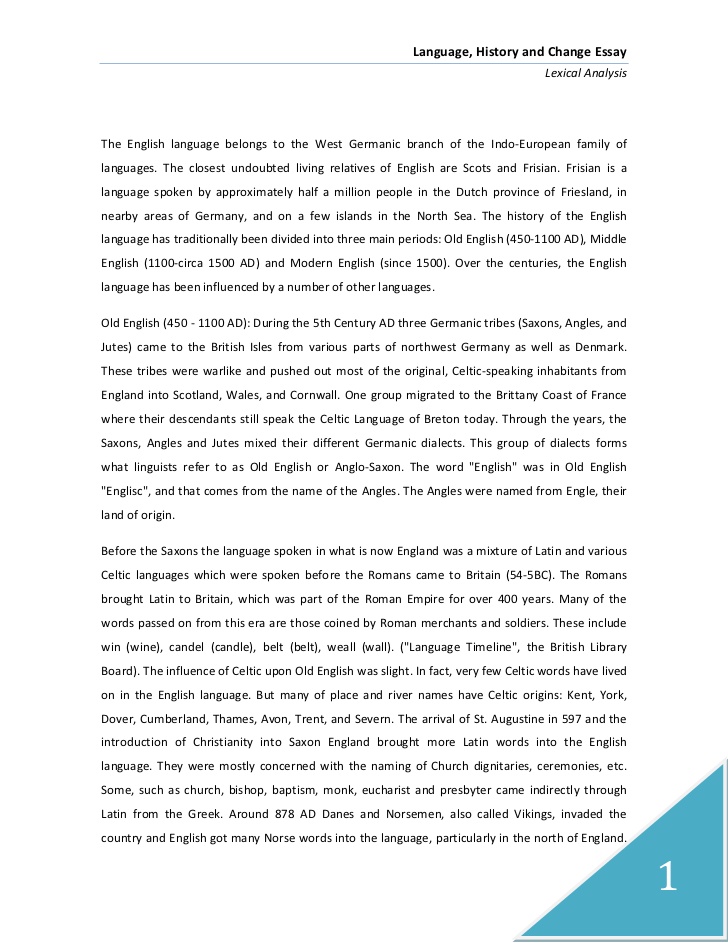
Size: 140 KB
History of Nagpur Part One Essay Example
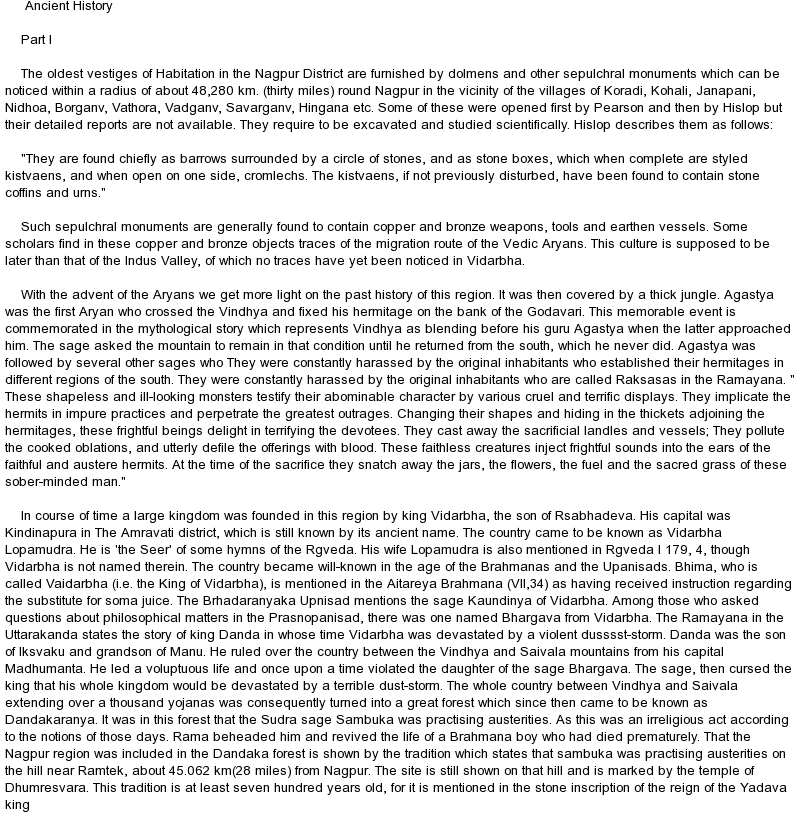
Size: 252 KB
Hist 2C: Family History Essay

Size: 419 KB
Essay on Slavery and the South
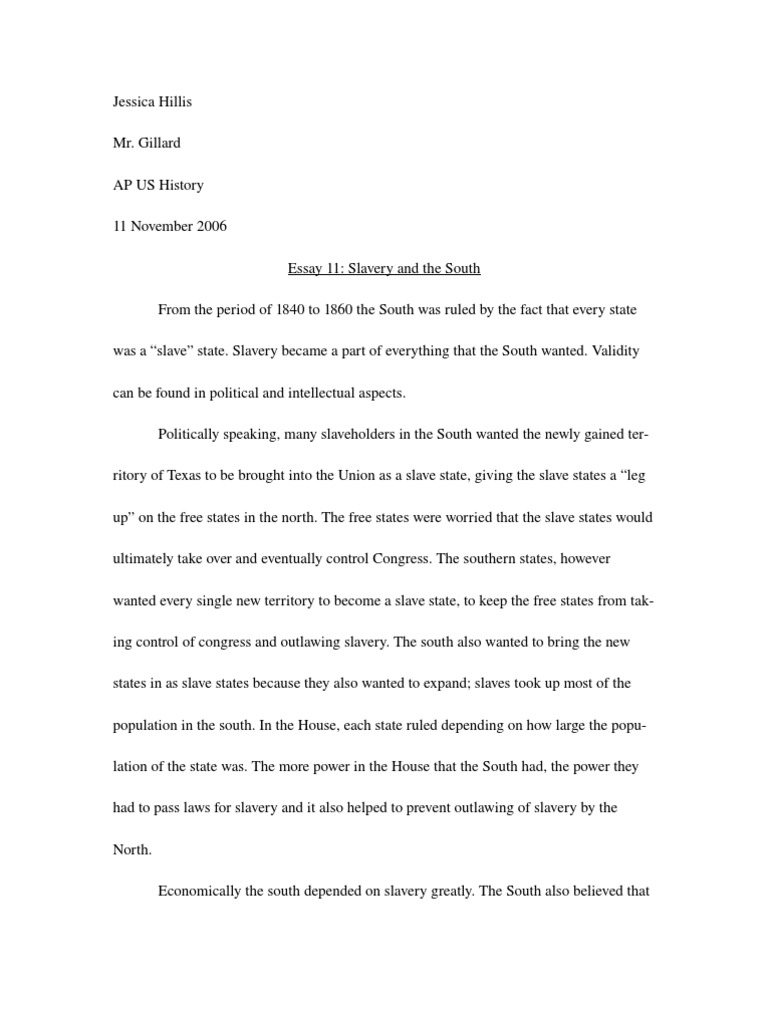
imgv2-1-f.scribdassets.com
Size: 63 KB
Writing the Introduction
1. start with a strong first sentence..
Speeches sometimes open with a joke or a story. Same thing applies when you give an oral report in front of the classroom or the board. But that is not the case in a historical essay.
Since it is not going to be delivered orally, the best opening you can start in a historical essay is with a quote from the source material. It can either be related to the said event or not. But one thing for certain is that the first few sentences even in an essay can change the perceptions of the one reading them if done correctly. You may also see writing examples in doc .
Historical essays are not often a pleasant read especially to the general audience. But if you can appeal to the masses in one way or another, then your essay might even change the lives of people without you knowing about it. For more examples, you may refer to essay writing examples .
2. Outline what you are going to argue.
Just like speech writing, you need to come up with an outline in order to determine where you are going to place your key or main arguments in your essay.
Keep in mind that all the points have to act as a transition in one way or another. Maybe not in a chronological order, but in a sense you have to make certain that each point you indicate in your essay would transition itself so that all the points could correlate with one another. For instance, the moment you move on from point A to point B, people would then understand on why point B happened because of point A. You may also like application writing examples .
In that said outline, you can also mention some quotes and some thesis statements that can paint a more detailed outline which often results into a more developed speech. Personally, perhaps the best kind of essay there is to write is an argumentative essay as you can easily insert your opinions there as long as you have the facts straightened out.
3. Provide some brief context for your work.
Depending on the type of essay you are writing, it will be necessary to provide a brief overview of the main historiographical debates for your topic. It is important to demonstrate that you have a good understanding of what other historians have written about your topic, and be able to situate your own argument within this broader context. You may also check out some tips that you might need for your narrative essay or thesis if you need to write one.
Building a History Essay Burger
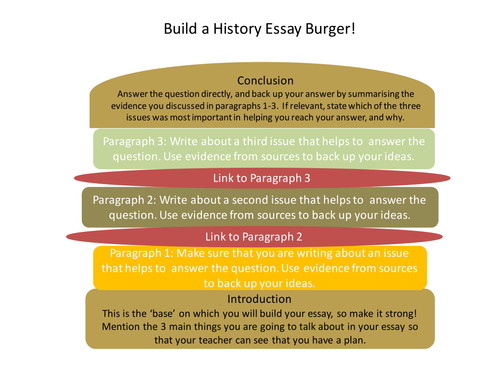
dryuc24b85zbr.cloudfront.net
Women in History Essay Example

Size: 195 KB
Making a History Essay
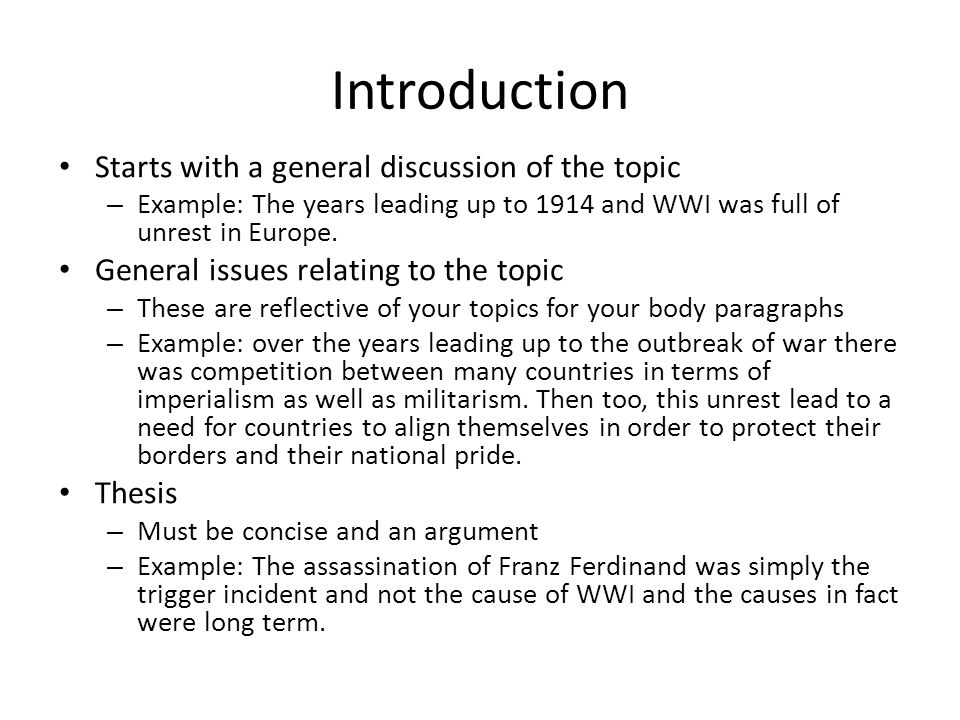
Size: 100 KB
American History X Example Essay

Size: 359 KB
Writing the Essay
1. have a clear structure..
When you come to write the body of the essay, it is important that you have a clear structure to your argument and to your prose. If your essay drifts, loses focus, or becomes a narrative of events, then you will find your grade dropping. Your introduction can help guide you if you have given a clear indication of the structure of your essay. Sometimes, you would be required to write academic essays for your school assignment. If that is the case, you may want to refer to some examples that can help you out with that.
2. Develop your argument.
The body of the essay is where your argument is really made and where you will be using evidence directly.
Think carefully about how you construct your paragraphs, and think of each paragraph as one micro-sized version of the essay structure. In other words, aim to have a topic sentence introducing each paragraph, followed by the main portion of the paragraph where you explain yourself and draw on the relevant evidence. As aforementioned, you may be required to write up different essays for your schoolwork. But concept essays are not particularly common.
3. Use source material appropriately.
This is where your source material will come to big use. All that research and data that you have collected over time will finally be reflected in the essay.
But you have to understand that not every source material that you obtain from books or the Internet is going to work out the way you want it as it does have the tendency to contradict, which might eventually raise questions from the teachers. Although source material is important, you only have to choose the cream of the crop quotes and reference material. You may also see 5-step basic guide on essay writing .
Try to limit it to only one quote per point as too many quotes will often be considered redundant. Scholarships have their essays that need making in order to convince the school board to grant that particular scholarship to the applicant. You may also like script writing examples .
4. Conclude succinctly.
Have you heard of the quote “Start strong and end strong”? If you manage to attract to the audience’s appeal in the introduction part of the essay, it is only fitting to conclude in the same manner.
Whether you decide to end with a quote or something, make sure to leave your audience more engaged and more learned than before. Good conclusions summarize your argument and key points. You need to ensure your conclusion reflects the content of your essay, and refer back to the outline you provided in the introduction. You may always refer to essay writing examples for more insight and details.
Comparison and Contrast of Soldiers Home
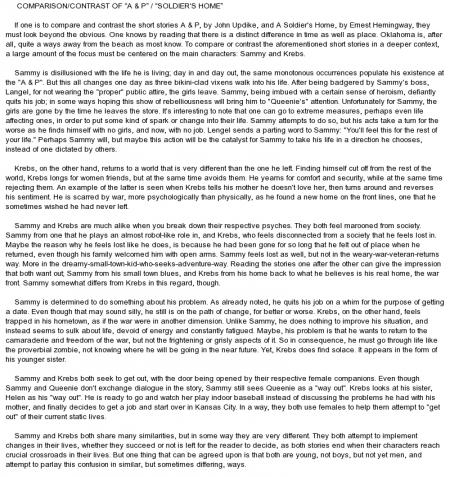
keetoncustomgolf.com
Size: 79 KB
My Hero In History Essay
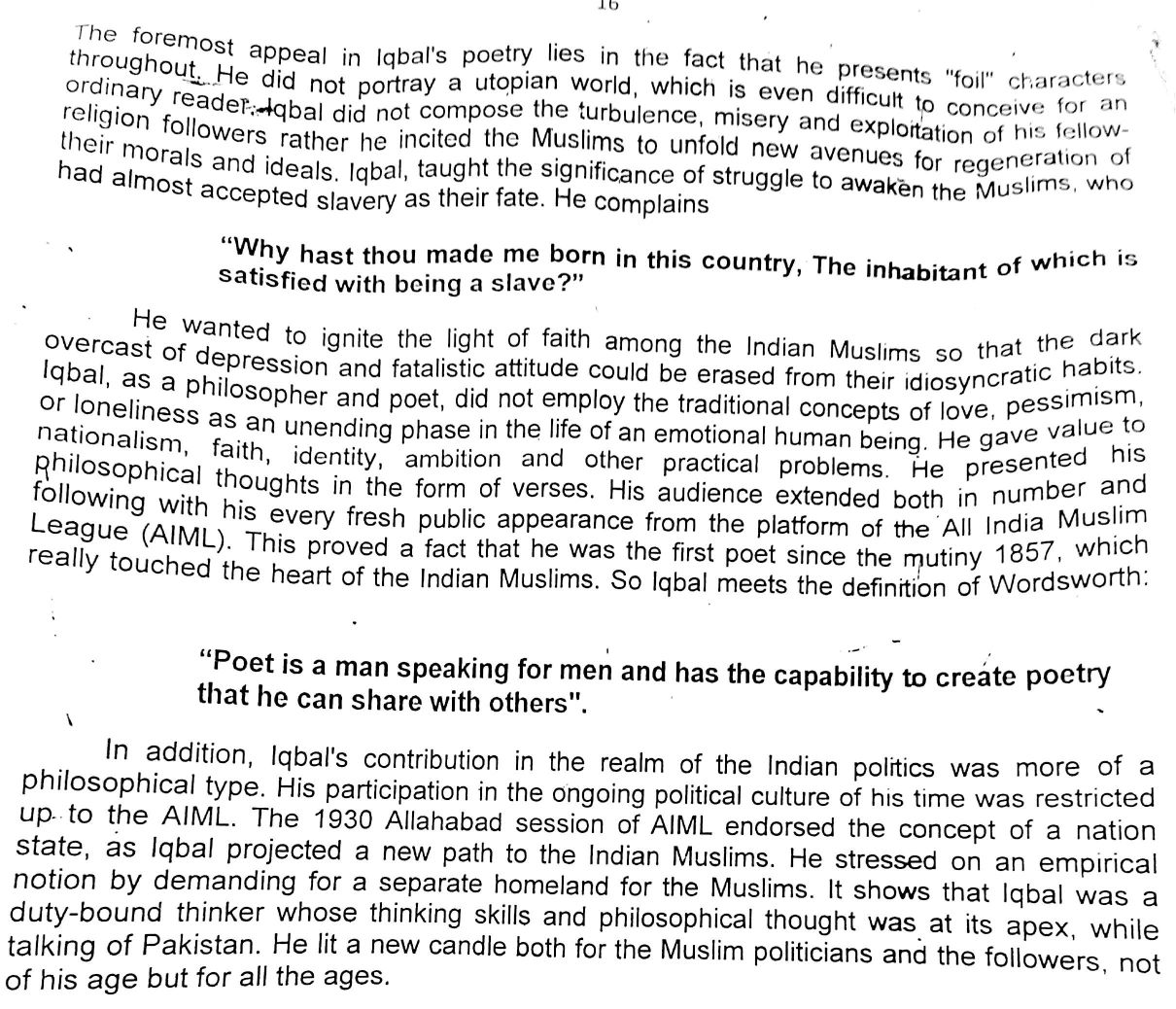
Size: 302 KB
An Approach to African through Architecture
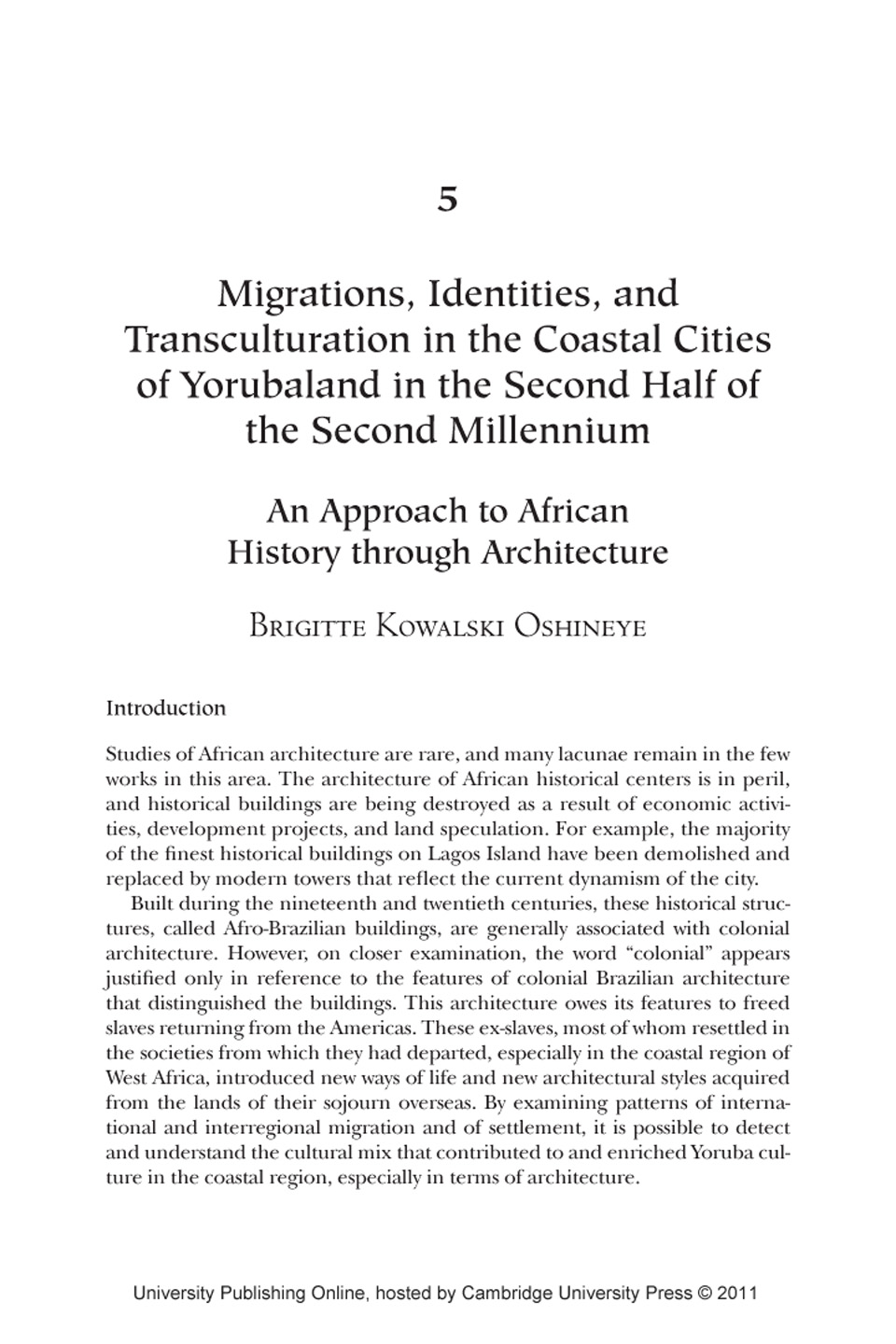
Size: 168 KB
Proofreading and Evaluating Your Essay
1. proofread your essay..
After writing your essay, you are entailed to proofread your essay in order to make it sound and seem professionally done. Make sure that your essay is clear of typographical and grammatical errors. If ever the structure of the essay seems out of place or the content itself might be lacking, you can always revisit your essay and make the necessary changes to what you see fit. You may also see informative writing examples .
2. Analyze, don’t describe.
One thing to look out for when you read through your history essay is whether or not you have allowed any overly descriptive passages to creep in. Remember a history essay is an analysis and not just a narrative of events. History students can find themselves re-telling a series of events rather than analyzing them and the historiographical debates about them. Some people often have problems drafting outlines, especially when it comes to essay outlines .
3. Check your references and bibliography.
In making a thesis, it is important that you have a separate page for references and for bibliography. Without them, you could be accused for plagiarism and you would not want that on your record. There is a certain way to format your sources, so make sure you ask your instructor first on what formatting style needs to be used before anything else. You may also like minutes writing examples .
Text prompt
- Instructive
- Professional
Write a history essay writing topic on the causes and effects of World War II.
Develop a history essay writing subject on the impact of the Industrial Revolution on society.
